ANALYTICAL SPECTROSCOPY
by Raymond P. W. Scott
D.Sc., F.R.S.C., C.Chem., C.Sci. F.A.I.C, F.C.S.
Essential Information for the Analytical Chemist
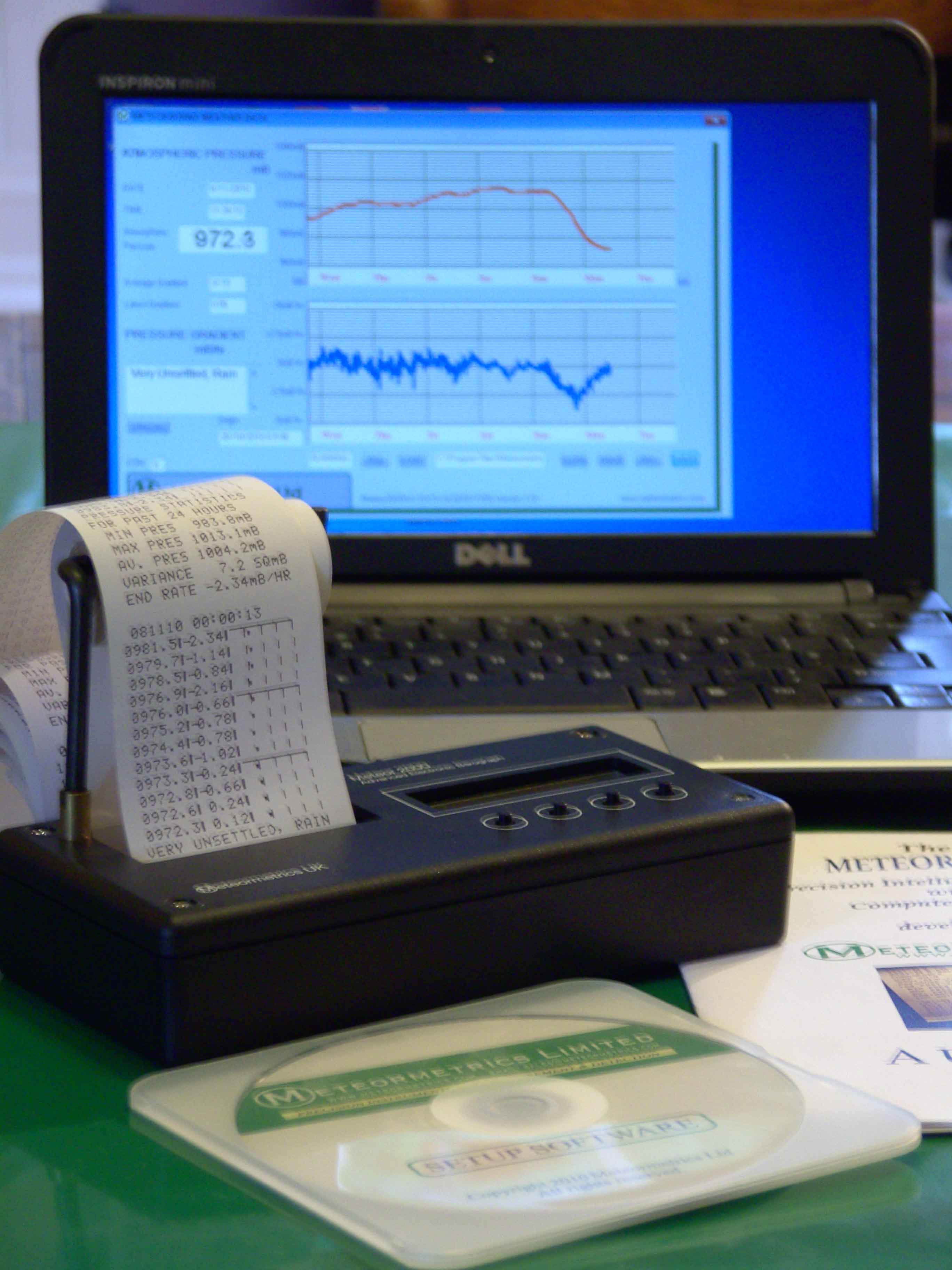
Specialising in custom-designed, precision scientific instruments, built, programmed and calibrated
to the most exacting standards. The range includes precision dataloging barographs,
with built-in statistical analysis, Barographic Transient Event Recorders
and computer-interfaced detectors and sensors
for environmental monitoring & process control.
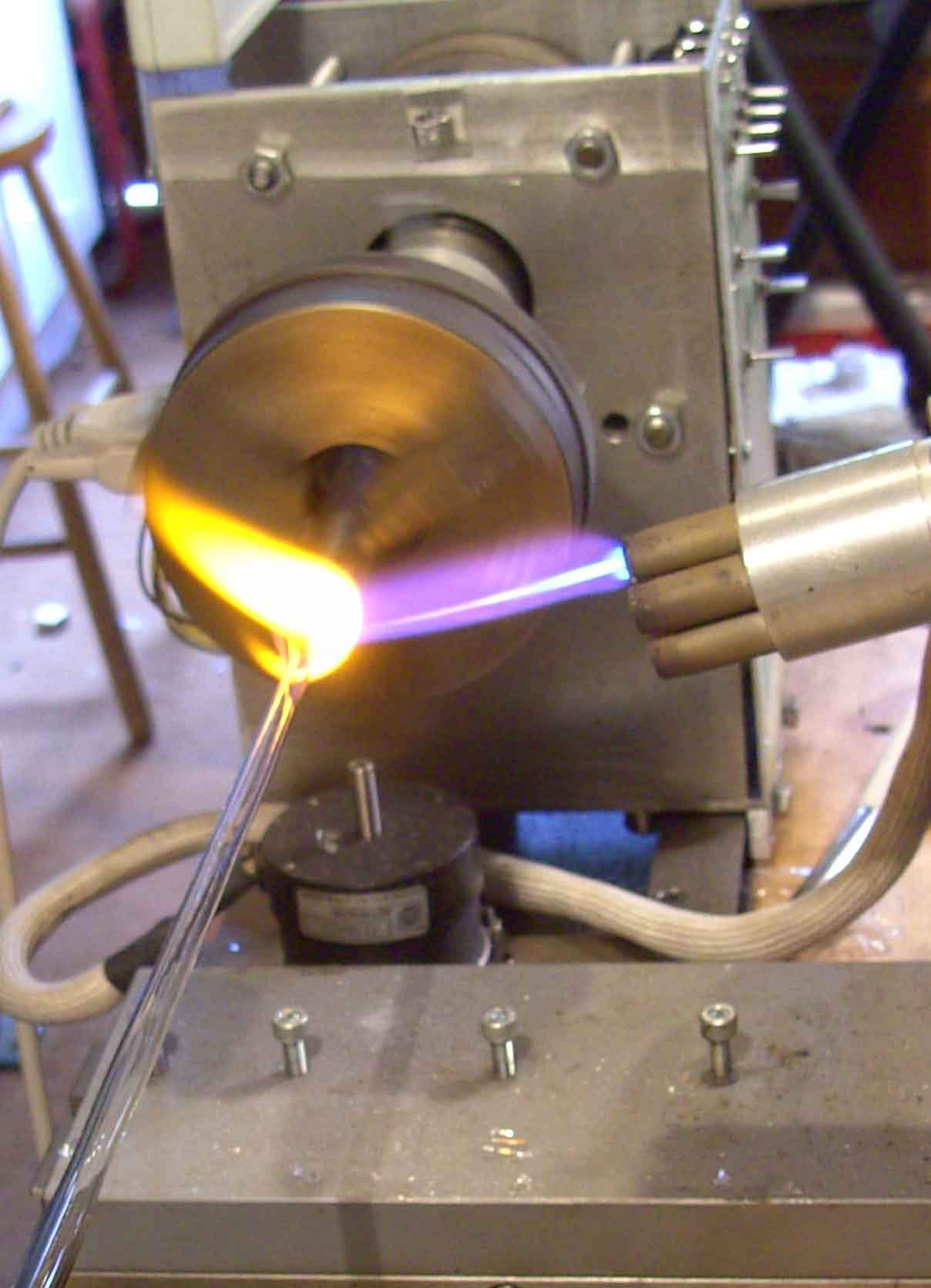
A site dedicated to scientific techniques, experimental methods, &
investigative tools for the inventor, researcher
and laboratory pioneer. Articles on glassblowing, electronics, metalcasting, magnetic
measurements with new material added continually. Check it out!
www.drkfs.net
Sample Cells
Sample cells can
take a variety of forms and can be manufactured from different
materials. A classical shape for a UV/Visible sample cell or Cuvette
is shown in figure 22.
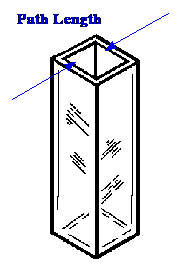
The
materials of construction can be chosen according to the wavelength
of the light being examined. If short wavelength UV is of interest
(i.e.
185 nm or less) then pure synthetic
silica must be employed. If cost is no problem, cells made from pure
synthetic silica should always be chosen to provide the maximum
versatility but care must be taken due to the dangerous properties of
short wavelength UV Light that can be transmitted. However, if light
of wavelengths greater than 200 nm is only of interest then impure
fused silica or fused quartz would be quite adequate and
significantly less expensive. If only the Visible light range is
important then borosilicate glass would be adequate. A typical
cuvette arrangement for coupling an optical fibre bundle is shown in
figure 23.
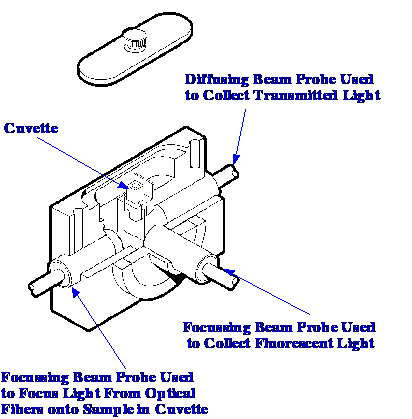
Light from the
fibre bundle is focused onto the sample cell and the transmitted
light collected by a second beam probe and passed to the light
sensor. Any fluorescent light generated is collected by a second
focusing beam probe set at right angles to the incident light, and
this light is passed to second light sensor system.
A set of typical
gas cells for absorption measurement are shown in figure 24. The
cells shown in figure 24 are reference cells that are filled with
specific gases for calibration purposes. Gas sample cell are very
similar except that taps are fitted to either end of the cell to
allow the cell to be filled with the sample. In practice the sample
cell is usually first evacuated and then the sample let into the cell
from the other end under vacuum. An excellent text on the absorption
of light and ultraviolet radiation has been written by Schenk [1].
This book is probably now out of print but is likely to be available
in many libraries. A more recent publication on the subject (1992) is
that by H. H. Perkampus [2] which deals not only with the theory of
the subject but also includes many applications.
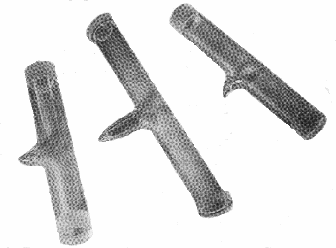
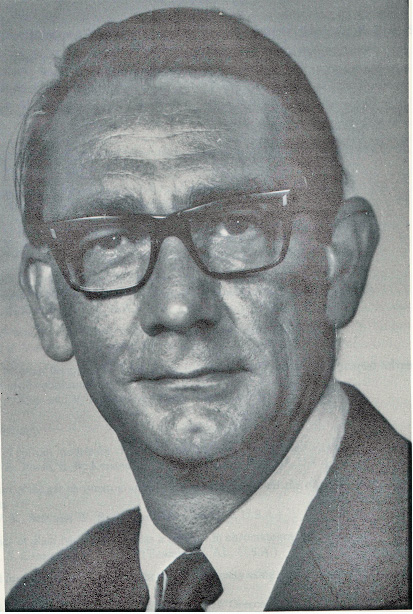
About the Author
RAYMOND PETER WILLIAM SCOTT was born on June 20 1924 in Erith, Kent, UK. He studied at the
University of London, obtaining his B.Sc. degree in 1946 and his D.Sc. degree in 1960.
After spending more than a decade at Benzole Producers, Ltd. Where he became head of
the Physical Chemistry Laboratory, he moved to Unilever Research Laboratories as
Manager of their Physical Chemistry department. In 1969 he became Director of Physical
Chemistry at Hoffmann-La Roche, Nutley, NJ, U.S.A. and subsequently accepted the position
of Director of the Applied Research Department at the Perkin-Elmer Corporation, Norwalk, CT, U.S.A.
In 1986 he became an independent consultant and was appointed Visiting Professor at Georgetown
University, Washington, DC, U.S.A. and at Berkbeck College of the University of London; in 1986
he retired but continues to write technical books dealing with various aspects of physical chemistry
and physical chemical techniques. Dr. Scott has authored or co-authored over 200 peer reviewed
scientific papers and authored, co-authored or edited over thirty books on various aspects of
physical and analytical chemistry. Dr. Scott was a founding member of the British chromatography
Society and received the American Chemical society Award in chromatography (1977), the
M. S. Tswett chromatography Medal (1978), the Tswett chromatography Medal U.S.S.R., (1979),
the A. J. P. Martin chromatography Award (1982) and the Royal Society of Chemistry Award in
Analysis and Instrumentation (1988).
Dr. Scott’s activities in gas chromatography started at the inception of the technique,
inventing the Heat of Combustion Detector (the precursor of the Flame Ionization Detector),
pioneered work on high sensitivity detectors, high efficiency columns and presented fundamental
treatments of the relationship between the theory and practice of the technique.
He established the viability of the moving bed continuous preparative gas chromatography,
examined both theoretically and experimentally those factors that controlled dispersion
in packed beds and helped establish the gas chromatograph as a process monitoring instrument.
Dr. Scott took and active part in the renaissance of liquid chromatography,
was involved in the development of high performance liquid chromatography and invented
the wire transport detector. He invented the liquid chromatography mass spectrometry
transport interface, introduced micro-bore liquid chromatography columns and used them
to provide columns of 750,000 theoretical plates and liquid chromatography separations
in less than a second.
Dr. Scott has always been a “hands-on” scientist with a remarkable record of accomplishments in chromatography ranging from hardware design to the development of fundamental theory. He has never shied away from questioning “conventional wisdom” and his original approach to problems has often produced significant breakthroughs.





